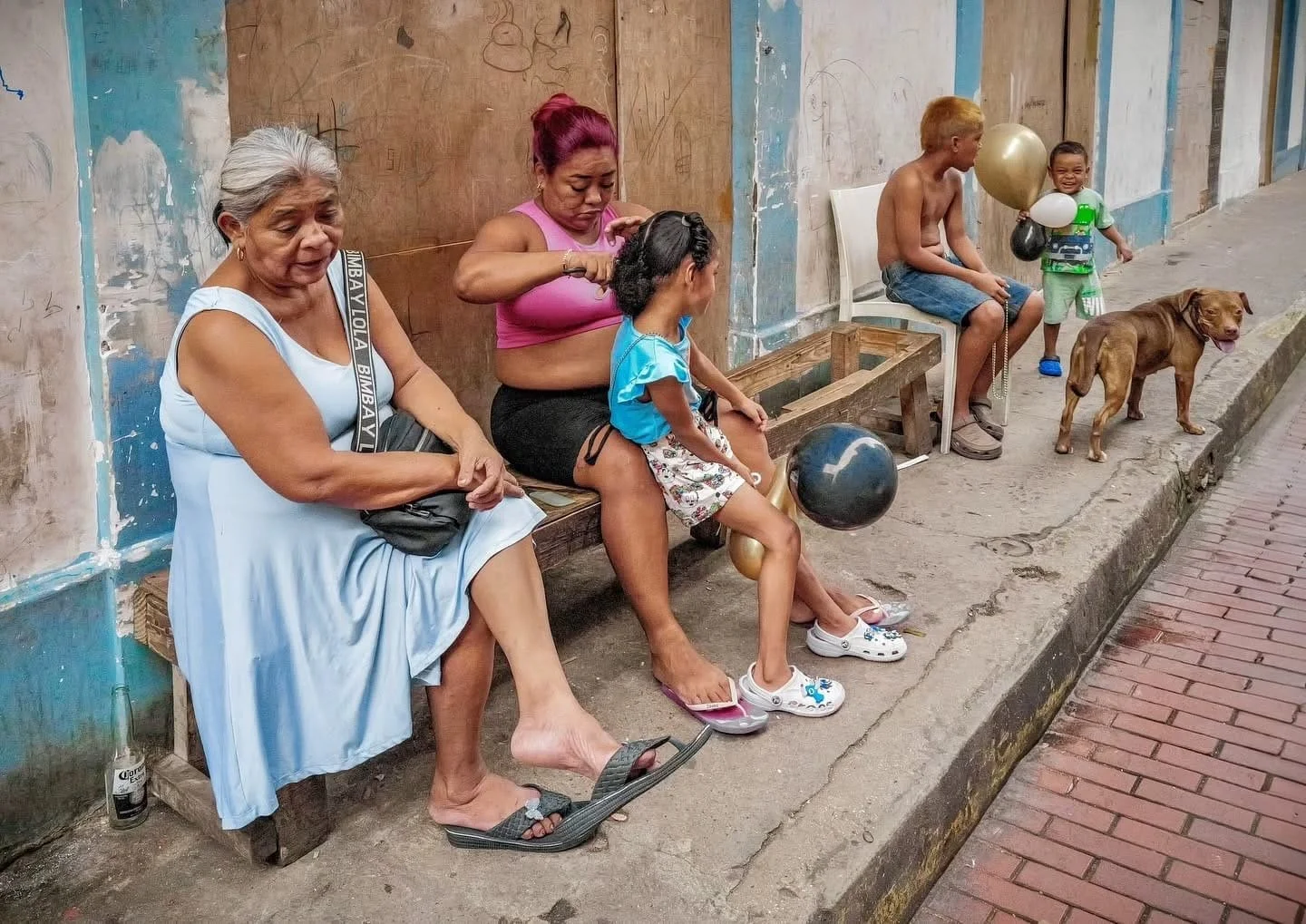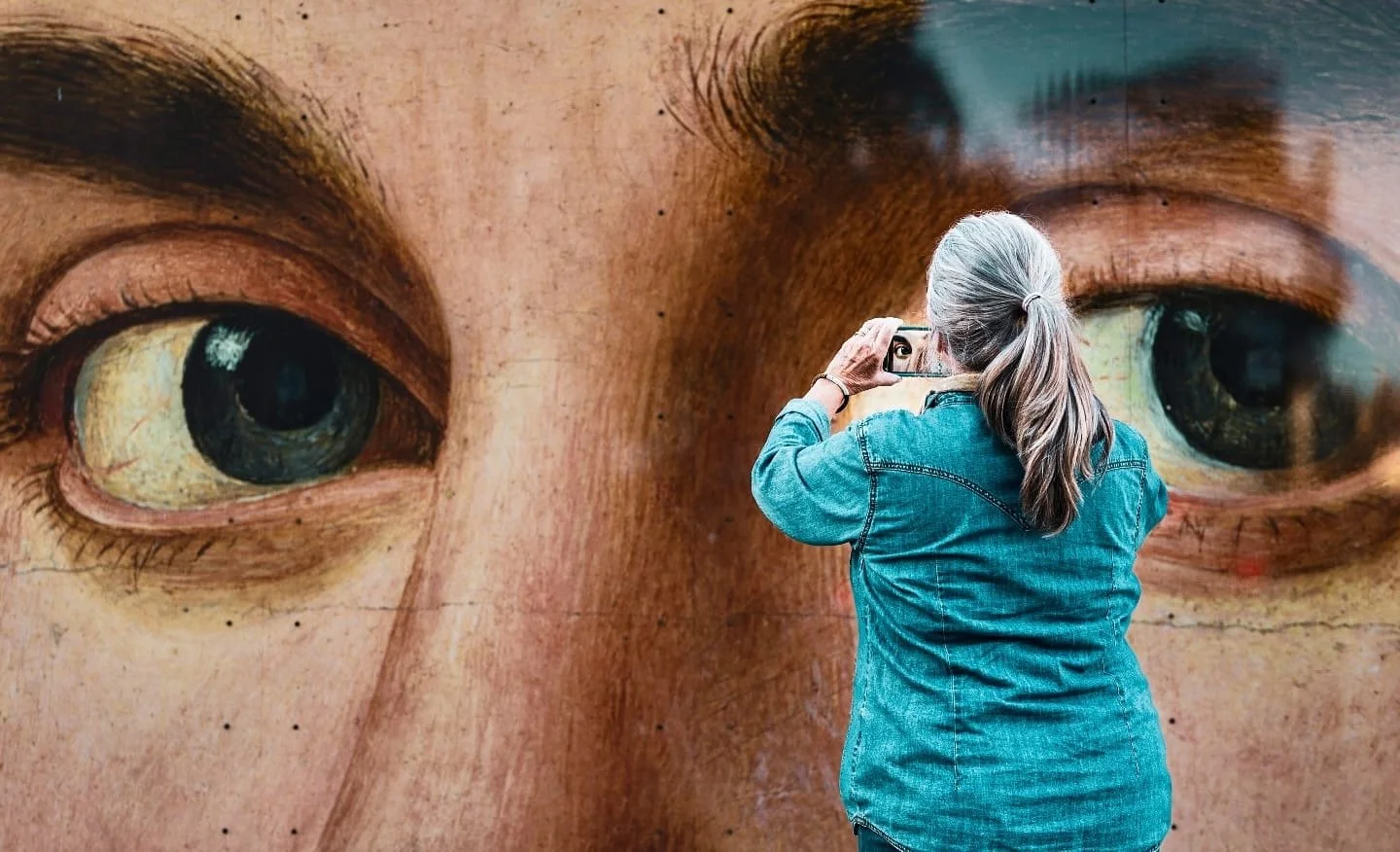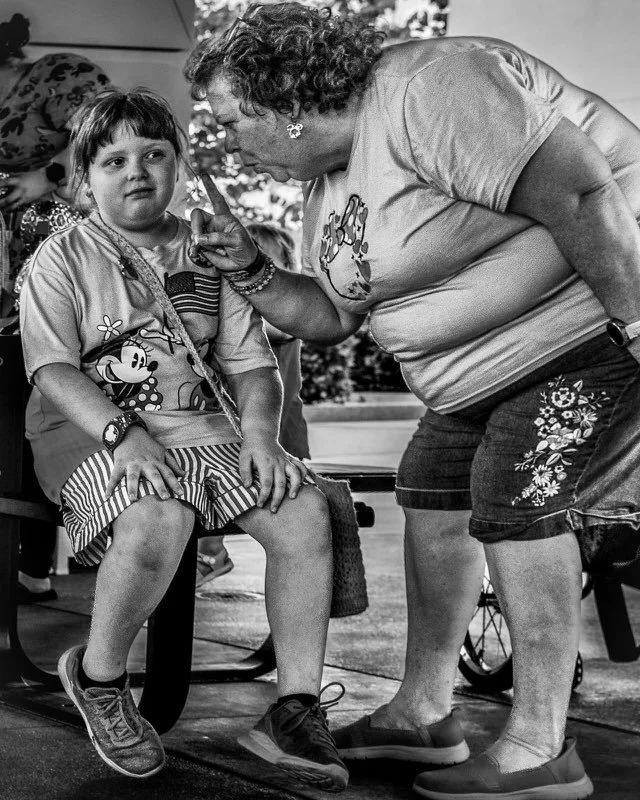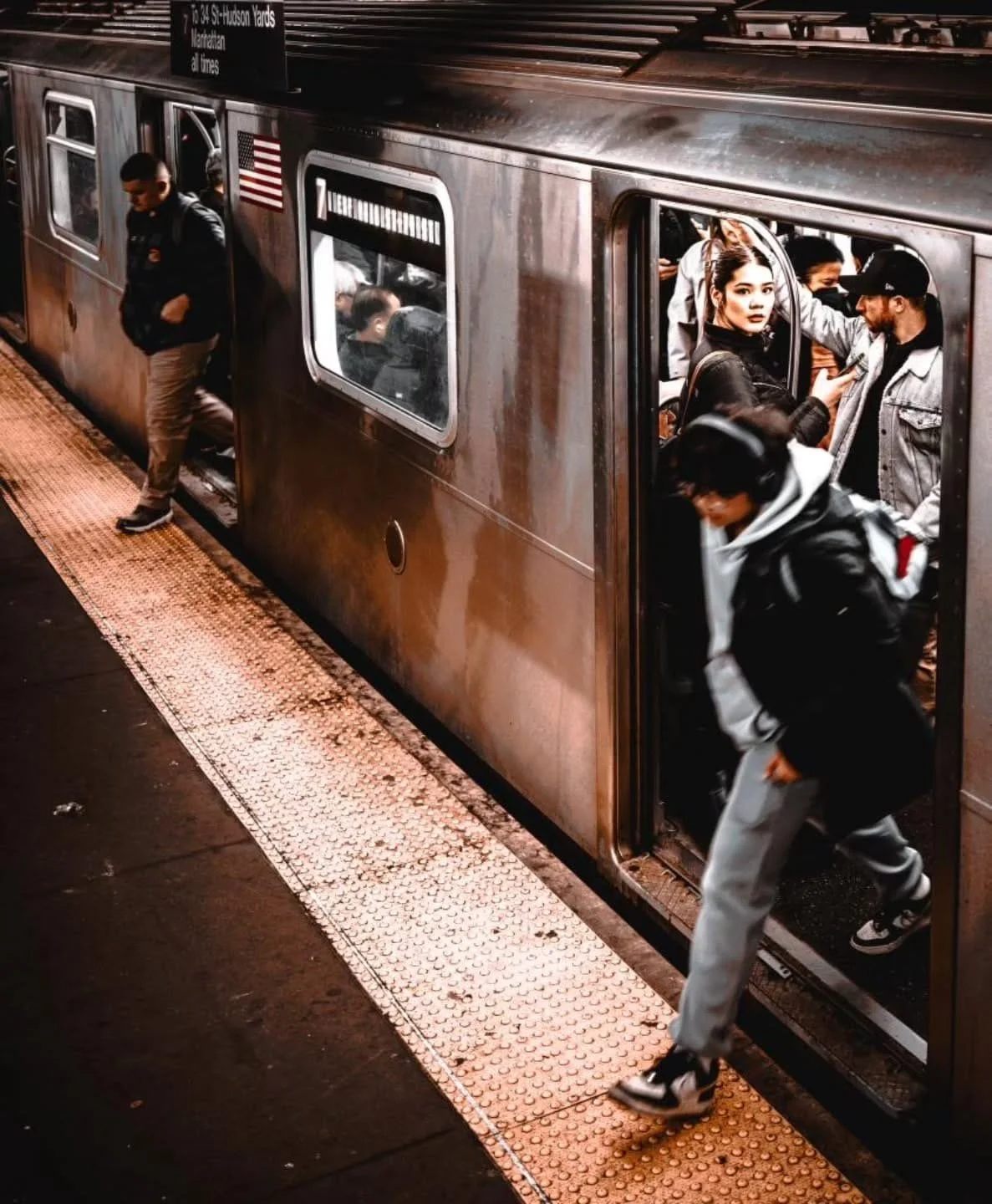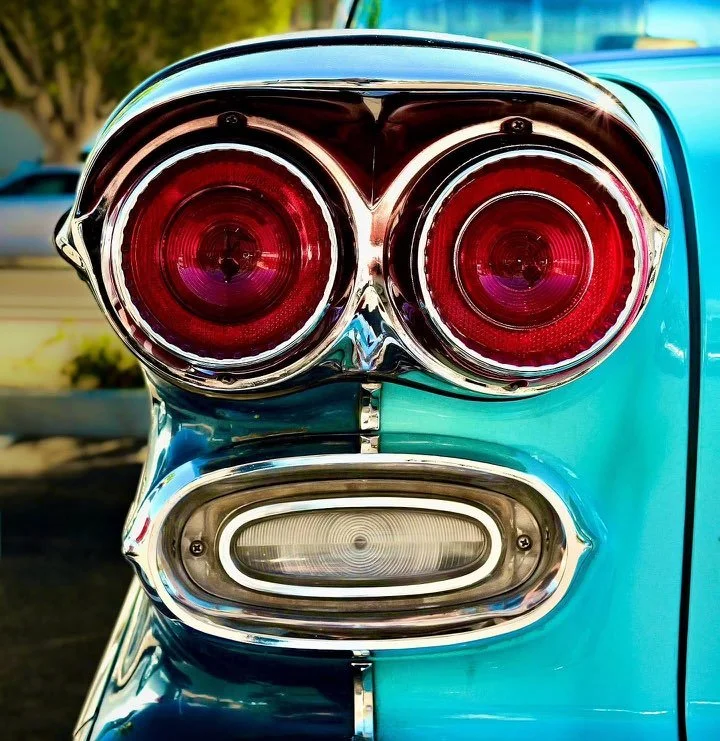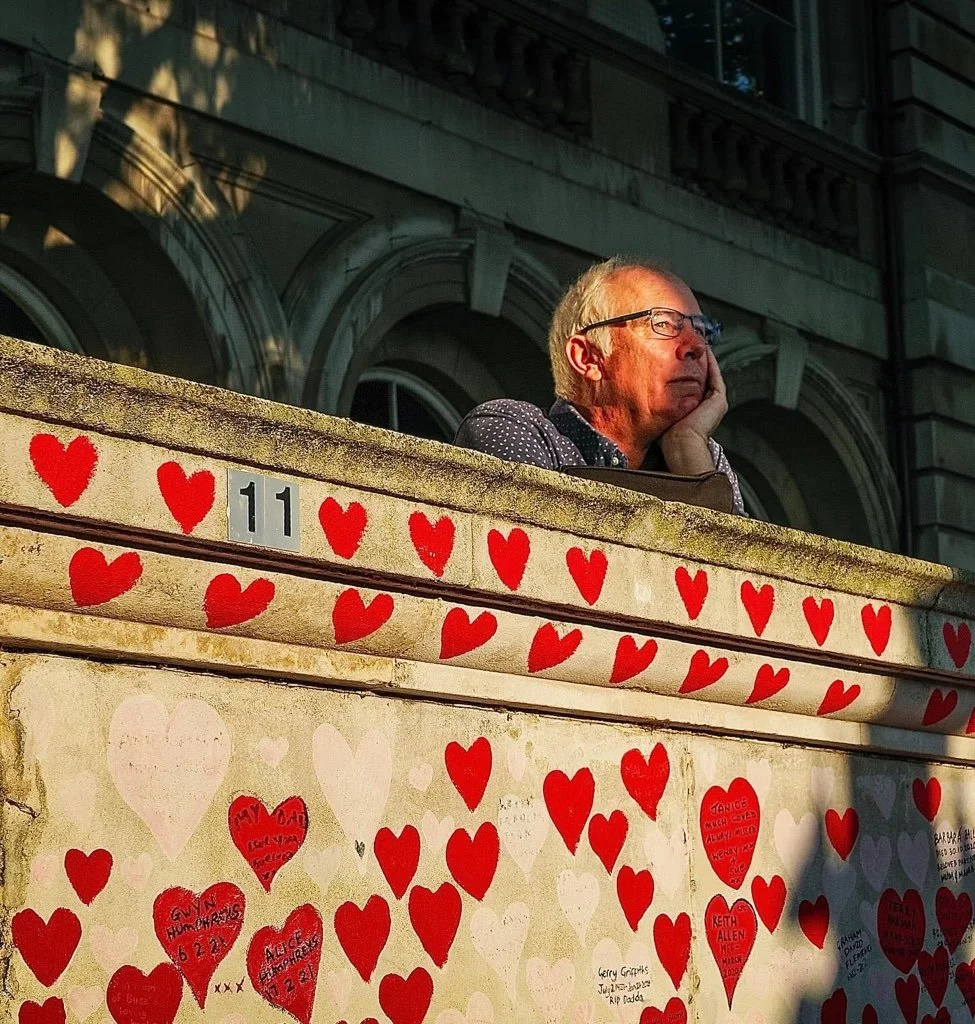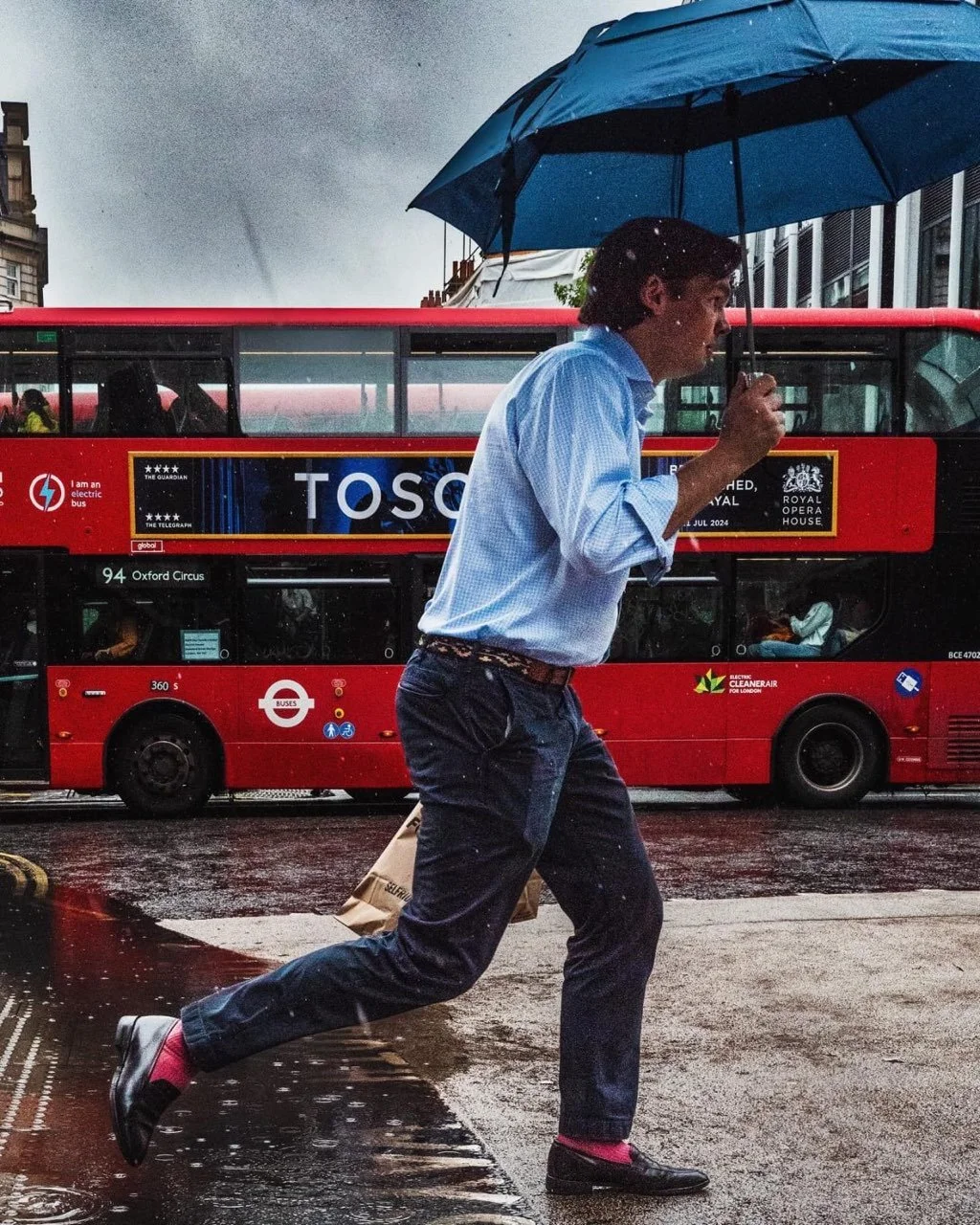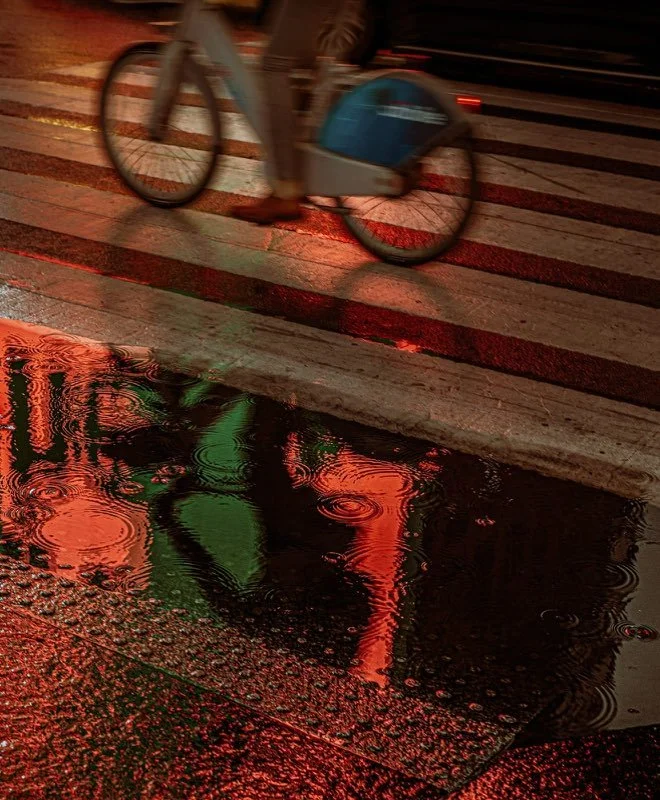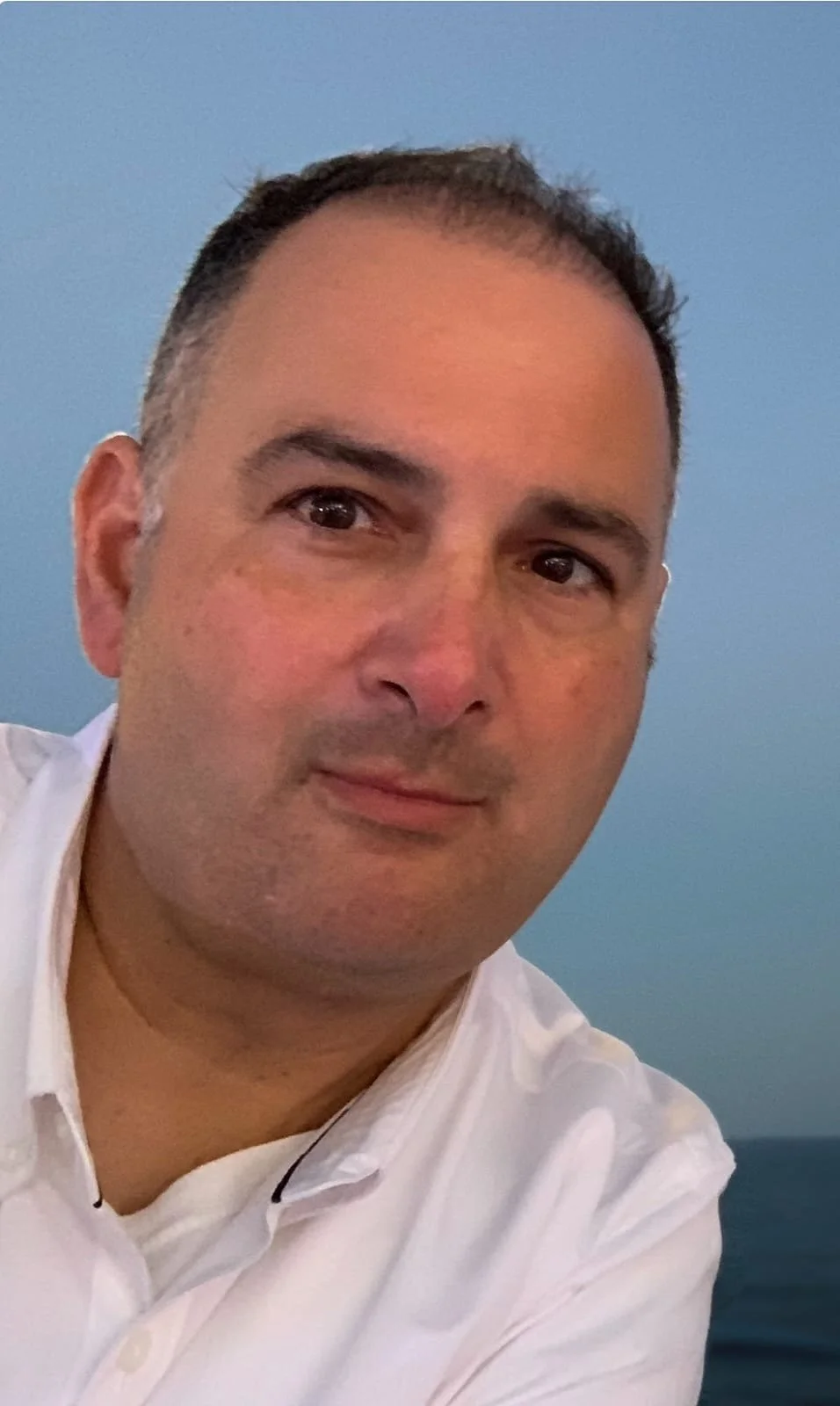From photographing Detroit’s blues legends to capturing daily life with his Leica Q3, physician-turned-street photographer Jonathan Varjabedian reflects on passion and respect as he composes light, emotion and fleeting shadows into legendary frames that turn strangers, architecture and humanity itself into incredible stories that resonate far beyond the moment.
An Exclusive Interview with Pure Street Photography
Discover how Varjabedian carries his camera everywhere, even to the supermarket, proving that street photography is not an occasion but a way of life. What truly defines him is his belief that photographs must move people, because without emotion the image remains incomplete.
Interview by Dimpy Bhalotia and Kamal Kumaar Rao
10/09/2025
(c) Jonathan Varjabedian
(c) Jonathan Varjabedian
We would love to know more about you! Who you are and where you're from? When did you start street photography?
Let me start by saying how thrilled I am to do this interview. Pure Street Photography is such a valuable part of my daily routine, so this is really an honor.
I am originally from the Detroit, Michigan area, and lived in Michigan for much of my life. I became a physician, but never lost my passion for photography.
I started photography as a kid. By the late 1980s and 1990s, I spent hundreds and hundreds of hours photographing blues musicians in the Detroit area. When that generation of musicians passed on, I lost a bit of my passion for the music, and switched largely to travel photography. At some point, though, at least a few years ago, I began to realize that photographing tourist destinations really is far more interesting when you include the people inhabiting the spaces. The Eiffel Tower is fine, but I am more interested in the people gathering around it—that’s where the great photographs lie. The Roman Coliseum is incredible, but I would rather film the vendors and tourists that surround it.
What inspired you to become a street photographer?
It’s really just a matter of staying passionate for what you film. If you get bored, you have to push through it, or move on. And I realized, from my years photographing musicians, that my first love is photographing people. Of course, initially, I was not even aware of the term “street photography.” But, YouTube led me down a rabbit hole that I still haven’t emerged from. Photographers like Roman Fox, Mike Chudley, Phil Penman and others fed my appetite for what is possible via their YouTube videos. And, I began doing my research, and found photographers whose work really moves me—Saul Leiter, Fan Ho, Ernst Haas, and so many more.
How would you describe your work in terms of style and/or approach?
I want my photographs to make people feel something. I want them to elicit emotion. The scene has to move me, and then I hope that it moves the viewer. Architecture plays a role in my work, as well, but usually just as a backdrop for the human stories.
(c) Jonathan Varjabedian
(c) Jonathan Varjabedian
What is your photography routine like? Do you photograph every day?
Almost every single day. If I leave my home, my camera is always with me. Even if I go to the supermarket, I have my camera with me. If I am unable to leave my home for some reason, I often try to practice in the home.
What camera or mobile device do you use for photography? Do you shoot digitally, on film, or a mix of both?
Leica Q3 is my daily carry. I absolutely love the camera. But, I also understand that great photographs are capable on just about any camera. The quality of digital cameras, in particular, has risen to such an incredible level. And I have some photos that I love that I took with a super cheap point-and-shoot. But my Leica—it inspires me. I really love it.
99% of the time I am shooting digital. I like film, but I can’t see going back to it on any large scale. Let’s be honest—film and film processing has gotten ridiculously expensive. And, if you photograph daily, that adds up. I like how digital allows me to immediately see the photo I took, so that I can adjust my approach, if necessary. And finally, I actually like the look of digital better. I know, that’s something not many people admit to, but I love the look of digital.
I really respect film photographers, and my love for film remains. And some film stocks are just so nice (shout out to Velvia 50). I do have a Leica M3 for analog photography, which I really think is amazing. And a Nikon F6. Also incredible
What challenges do you face when photographing on the street?
I think my approach to street photography reflects my approach to life itself—respect. I want to respect the people that I am photographing. If I have wrecked their day by taking a photo, then I am going to regret it. And, of course, there is the hurdle of being courageous enough to go out there on the street and photograph strangers. It can be tough. That said, it gets even better every time you are out there on the street. I try to smile, and be approachable. A smile goes a long way.
Do you ever wonder what happens to the people in your photos?
Sure. And so many times I wish I could contact them just to give them a print of the photo.
(c) Jonathan Varjabedian
(c) Jonathan Varjabedian
In your opinion, what is the biggest misconception people have about street photography?
Most non-photographers have no idea what street photography is. None. Which is understandable. It sounds as if you are going out and filming asphalt and concrete roads. We really have to come up with a new name for this, but I have no idea what it could be.
And sadly, sometimes street photographers themselves are the problem. Just taking a candid photo of a pretty lady walking down the street is not street photography. Where is the art? Where is the emotion?
So, sadly, I think that there are two misconceptions—that we are photographing actual streets, or that we are out there just trying to photograph people that don’t want to be photographed.
We are all ambassadors for our craft. Most people haven’t met a street photographer, so how we act, and how we present ourselves, matters.
What are your favourite elements to capture in a street photograph? (light, colour, composition, human interaction, etc.)
I love a human presence, but I don’t think it is crucial for street photography. Not at all. I really just want a scene that is going to make the viewer feel something.
I am drawn to light and shadow. I am also drawn to color, but I am fine with monochrome as well. I love architecture, but it is rarely the main subject in my photos.
What is your take on social media influence on street photography?
It’s pretty easy to criticize social media, isn’t it? People say it creates a “sameness” among photographers. People chase viral trends, and they want to capture photographs like the most popular photographers.
That’s not my game. I want to express myself, while being inspired by other photographers. And for me, places like instagram are great for discovering other photographers and their work. Some of my favorite photographers have relatively few followers, and I think it is important not to fall into the trap of thinking social media likes reflect how good of a photographer you are.
Are your prints available for purchase? If so, where can art buyers and collectors contact you to purchase them?
I am not personally selling my photographs. At some point in the future, I probably will. I just want to do it right, and increase my knowledge of papers and printing before I take the leap. And when I do, they will be on my website, https://www.framethestreets.com
That being said, I do have a couple of photographs being exhibited in galleries during the month of September, and prints are available through those galleries. One is at the Black Box Gallery in Portland, Oregon, and one is at A Photographer’s Place in Raleigh, North Carolina.
(c) Jonathan Varjabedian
(c) Jonathan Varjabedian
What advice would you give to aspiring photographers?
Photograph every day. Don’t get discouraged by social media. Don’t worry if you don’t have an expensive camera—it is not necessary. Invest in good shoes. And enjoy.
If you are intimidated by manual settings, shoot on full auto, and gradually start introducing some manual settings.
In my blog (on my website), I close each post with “Go out and capture the world as only you can.” And that is how I feel. You have a unique voice. Express it.
A huge thank you to Jonathan Varjabedian for sharing his incredible journey.
In Frame : Jonathan Varjabedian

